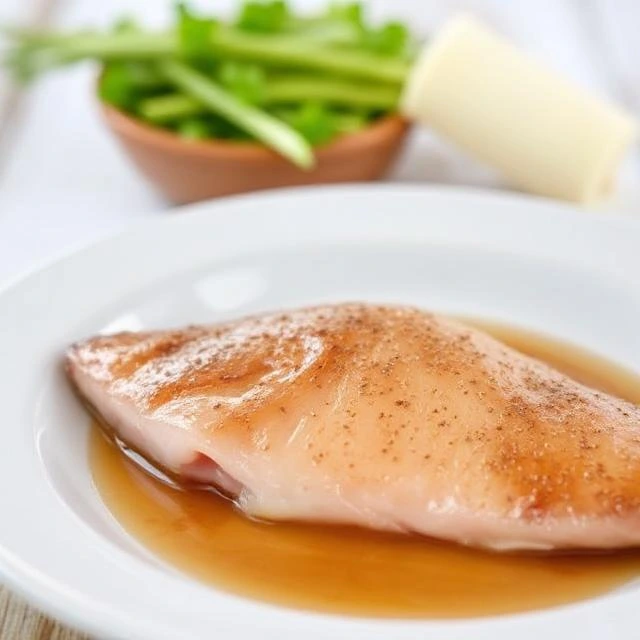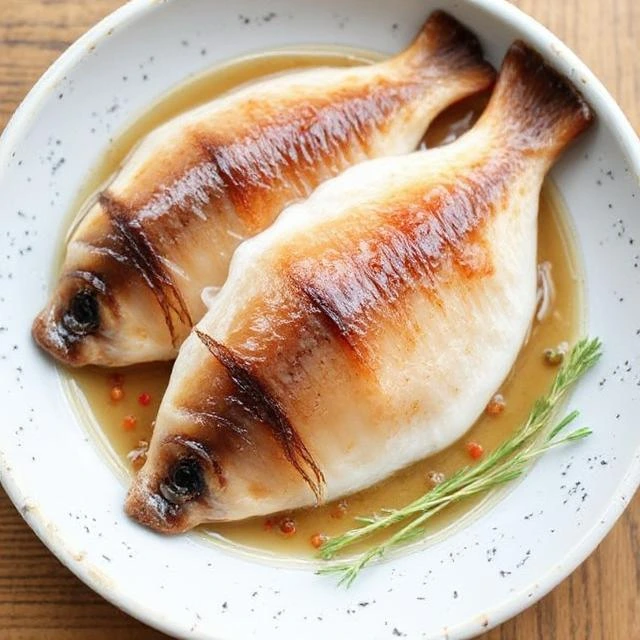INTRODUCTION
Rakfisk, Norway’s pungent fermented fish dish, is a culinary tradition steeped in history, survival, and Nordic ingenuity. This polarizing delicacy—made by fermenting freshwater fish like trout or char with salt and spices—has been a winter staple in Norway for centuries. While its bold aroma might intimidate newcomers, understanding its ingredients and preparation reveals a fascinating blend of science, culture, and craftsmanship. In this deep dive, we’ll decode the essential ingredients of rakfisk, explore its cultural roots, and share tips for enjoying (or daring to try!) this iconic Nordic dish.
The Cultural Legacy of Rakfisk
Rakfisk traces its origins to medieval Norway, where fermentation was a practical method to preserve fish through harsh winters. Farmers in mountainous regions like Valdres and Gudbrandsdalen relied on this technique to stockpile protein when fresh food was scarce. Today, rakfisk is a celebrated part of Norwegian heritage, often enjoyed during festive gatherings like Christmas or paired with aquavit at rakfisk festivals.http://”From Kimchi to Sauerkraut: The Science of Fermented Foods”.

Deconstructing Rakfisk: Core Ingredients
At its core, rakfisk requires just three ingredients: fish, salt, and time. However, regional variations and modern twists introduce subtle complexities. Let’s break down each component.
1. Freshwater Fish: The Star of the Show
Traditionally, rakfisk is made with:
- Trout (Ørret): The most common choice, prized for its fatty flesh that ferments evenly.
- Arctic Char (Røye): A cold-water fish with a milder flavor, popular in northern Norway.
- Whitefish (Sik): Occasionally used for a leaner, firmer texture.
Preparation Tip: Fish are gutted and deboned but left whole or filleted, depending on the recipe. The quality of the fish is critical—only the freshest catch ensures safe fermentationhttp://The Norwegian Seafood Council..
2. Salt: The Fermentation Catalyst
Salt plays a dual role: it inhibits harmful bacteria while promoting the growth of lactic acid bacteria, which drive fermentation.
- Type: Non-iodized sea salt or kosher salt is ideal, as iodine can disrupt fermentation.
- Ratio: Typically 6–8% salt by weight of the fish (e.g., 60g salt per 1kg fish).
Pro Tip: Some modern recipes add a pinch of sugar to balance salinity and feed beneficial bacteria.
3. Optional Flavor Enhancers
While purists stick to fish and salt, many add herbs or spices for complexity:
- Dill: Fresh or dried dill complements the fish’s richness.
- Juniper Berries: A Nordic staple, lending piney, citrus notes.
- Black Pepper: For a subtle kick.
Regional Twist: In Telemark, some recipes include a splash of beer or aquavit to accelerate fermentation.
The Science of Fermentation: How Rakfisk Gets Its Flavor
Rakfisk’s unique taste comes from lacto-fermentation, where lactic acid bacteria break down proteins and fats over weeks or months. This process produces:
- Umami compounds: Like glutamates, which create a savory depth.
- Ammonia and esters: Responsible for the dish’s sharp aroma.
- Soft, creamy texture: As enzymes tenderize the fish.
Safety Note: Proper salt levels and sterile conditions are critical to prevent spoilage or harmful bacteria.
Step-by-Step: Making Rakfisk at Home
1. Prep the Fish:
- Clean and fillet the fish, leaving the skin on.
- Rub salt (and optional spices) generously into the flesh.
2. Layer and Ferment:
- Place fish in a sterilized container, layering with salt.
- Weigh down with a clean stone or plate to submerge the fish in its brine.
- Store at 4–8°C (39–46°F) for 2–3 months.
3. Taste Test:
- Fermentation time depends on temperature and desired intensity. Sample small batches weekly after 8 weeks.
Pro Tip: Never use metal containers—opt for food-grade plastic, glass, or ceramic to avoid reactions.
Serving Rakfisk: A Nordic Feast
Rakfisk is traditionally served:
- Cold: Sliced thinly on flatbrød (Norwegian flatbread) or lefse.
- With Accompaniments:
- Sour cream or crème fraîche.
- Raw onions, capers, or mustard.
- Boiled potatoes and lingonberry jam.
- Paired with Aquavit: The spirit’s caraway notes cut through the fish’s intensity.
Health Considerations
While rakfisk is nutrient-dense (rich in omega-3s, protein, and vitamin D), its high sodium content and histamine levels may pose risks for some.
Key Tips:
- Moderation: Enjoy as part of a balanced diet.
- Allergies: Avoid if sensitive to fermented or histamine-rich foods.
- Pregnancy: Not recommended due to listeria risks.
Rakfisk vs. Other Fermented Fish
- Surströmming (Sweden): Fermented herring, saltier and more acidic.
- Hákarl (Iceland): Fermented shark, with a stronger ammonia punch.
- Funazushi (Japan): Fermented carp, aged with rice.
Internal Link: Compare global fermented dishes in “10 Fermented Foods You Need to Try”.

FAQs About Rakfisk
Q: How do I know if my rakfisk has gone bad?
A: Foul odors (beyond the usual sharpness), slimy texture, or mold indicate spoilage.
Q: Can I use frozen fish?
A: Yes, but thaw completely and pat dry to avoid excess moisture.
Q: Is rakfisk eaten raw?
A: Technically, yes—it’s “cooked” via fermentation, not heat.
Conclusion: Embracing the Bold Flavors of Norway
Rakfisk is more than a dish—it’s a testament to Norway’s resourcefulness and a bold celebration of Nordic flavors. By mastering its ingredients and process, you’re not just preserving fish; you’re keeping a千年-old tradition alive. Whether you’re a fermentation fanatic or a curious foodie, rakfisk invites you to taste history in every bite.